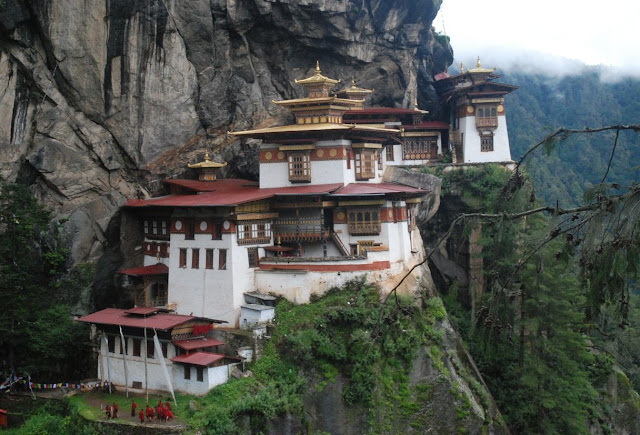Saturday, June 29, 2013
Giant Lily pads in Amazon Rainforest
Labels:
amazon,
Amazon Rainforest,
Giant lily pads,
Lily pads
Friday, June 28, 2013
A harbor seal
Labels:
harbor seal,
photography,
underwater photography
Thursday, June 27, 2013
Wednesday, June 26, 2013
Tuesday, June 25, 2013
Monday, June 24, 2013
Cherry Blossoms, Japan
Saturday, June 22, 2013
Water Buffaloes, India
 |
Water Buffaloes, India |
Friday, June 21, 2013
Wednesday, June 19, 2013
Tuesday, June 18, 2013
Monday, June 17, 2013
Saturday, June 15, 2013
Agumbe - Treasure of the Western Ghats
Having a yearly rainfall of 4000 millimeter to 8500 millimeter, Agumbe justified the name 'Cherrapunji of South India'. In the rainy season Agumbe changes drastically. Enjoy these lovely pictures from Yahoo reader NITIN VYAS.
A green vine snake is a mildly venomous species of tree-dwelling snake that hunts by day on trees and bushes.
A green vine snake is a mildly venomous species of tree-dwelling snake that hunts by day on trees and bushes.
Positioned among the Western Ghats, Agumbe is named the 'Cherrapunji of South India'. A biodiversity hot-spot, it is called the habitat of the largest venomous snake in the world, the King Cobra.
Agumbe receives the heaviest rainfall in southern India. Monsoon rains feed streams, rivers and the many waterfalls here. The dense rainforests of Agumbe are home to several species of reptiles, amphibians, birds and other wildlife.
Agumbe and its surroundings are rich in biodiversity. It is contiguous with one of the last surviving lowland rainforests in India -- the Someshwara Wildlife Sanctuary and the Kudremukh National Park. Many new species of flora and fauna have been discovered here.
The road to Agumbe
Agumbe abounds in natural beauty. The high hills and many waterfalls and streams flowing through the dense jungles add to the joy of hiking the trails in this hidden paradise nestled in the Malnad region of Karnataka. Agumbe is also called 'Hasiru Honnu' - green gold -- as it is home to several rare species of medicinal plants like Garcinia, Myristica, Listsaea, Diospyrous, Hoiligarna, Eugenia and Ficus.
A Bronzed Frog
A common toad in Agumbe
A Malabar Pit Viper in Agumbe. This venomous snake hunts warm-blooded animals at night. It may come in green, grey and brown colour morphs.
Old natural forest interspersed with plantations of arecanut.
Agumbe in winter makes for great sunsets
A raindrop clings to moss in Agumbe. Mosses are among the most important constituents of a rainforest.
A crab in the rainforest at Agumbe. Crabs are scavengers and consume algae in the moist forest floor.
A babbling, gurgling stream. Monsoon rains feed seasonal streams and irrigate the rainforest. Streams are also important sources of food to many of the creatures that live in the rainforest. Frogs and toads lay their eggs in streams while fish breed in them.
A fungus grows on a tree bark. The moist rainforest harbours many species of mushrooms and other kinds of fungi. Some species of mushrooms exhibit bio-luminescence -- they glow in the dark.
The Blue-eyed Bush Frog is a nocturnal frog that lives in the bushes surrounding marshes in the rainforests.
A hairy moth caterpillar. The rainforests are home to some large and colourful moths such as the Atlas Moth, Luna Moth and the Malaysian Moon Moth.
Monsoon rains transform Agumbe into a magical land.
Labels:
Agumbe,
India travel,
monsoon destination,
South India travel
Friday, June 14, 2013
Escape in this monsoon - enjoy a holiday in the best destinations
Woman filling Vessel in Yamuna
Thursday, June 13, 2013
Wednesday, June 12, 2013
Top hot springs in Europe
An exclusive list of some of Europe’s best hot springs.
 |
| Blue Lagoon, Iceland |
 |
Therme Vals, Switzerland |
 |
Széchenyi Baths, Budapest, Hungary |
 |
Karlovy Vary (Carlsbad), Czech Republic |
 |
Terme di Saturnia, Tuscany, Italy |

Thermae Bath Spa, Bath, Great Britain
Picture courtsey:
wikimedia.org
travel-images.com
lonelyplanet.com

Thermae Bath Spa, Bath, Great Britain
Picture courtsey:
wikimedia.org
travel-images.com
lonelyplanet.com
Subscribe to:
Posts (Atom)
















































